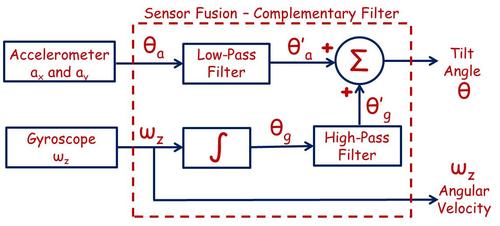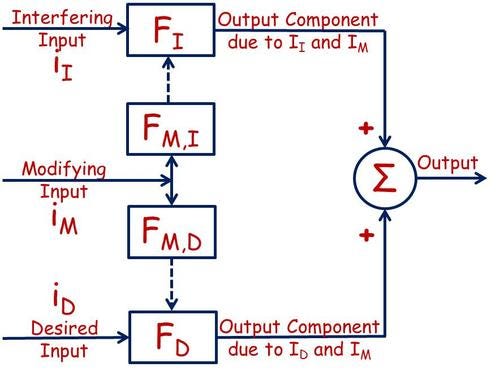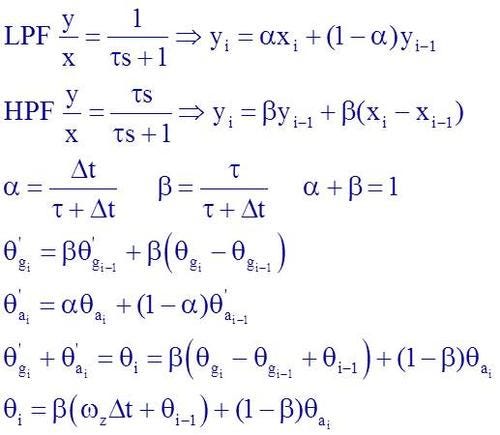The 3 Categories of Measurement Systems
December 3, 2013

Every application of measurement, including those not yet invented, can be put into one of three categories or some combination of them: monitoring of processes and operations, control of processes and operations, and experimental engineering analysis.
In real-time control applications, a process is subject to disturbances and aging, and its model parameters are not exactly known. In the open-loop system, this results in a changing and inaccurate output. However, a closed-loop system senses the change in the output and attempts to correct the output. The sensitivity of a control system to parameter variations and disturbances is of prime importance. A primary advantage of a closed-loop (feedback) control system is its ability to reduce the system's sensitivity. As the loop gain is increased, the sensitivity of the closed-loop control system to changes in the process and controller decreases, but the sensitivity to changes in the measurement system becomes -1. In real-time, closed-loop-control applications, the measurement system must be accurate, fast, and stable.


Inputs to a measurement system (see diagram above from Professor E. Doebelin) consist of: desired inputs iD (quantities that the system is specifically intended to measure); and interfering inputs iI (quantities to which the system is unintentionally sensitive). FD and FI are input-output relations, i.e., the mathematical operations necessary to obtain the output from the input. Then there are modifying inputs iM (quantities that cause a change in FD and/or FI). FM,I and FM,D represent the specific manner in which iM affects FI and FD, respectively. There are several methods to correct for the modifying and interfering inputs. One method is filtering and a most interesting application of filtering is sensor fusion, the creation of an ideal virtual sensor from two less-than-ideal real sensors. It is used in self-balancing robots to give a fast and accurate measure of the robot tilt angle. The sensor fusion scheme with digital implementation is shown below.

A two-axis accelerometer gives a fast measure of the accelerations of the robot in the balancing plane, including the acceleration due to gravity from which the tilt angle can be obtained. A single-axis rate gyroscope gives a fast and accurate angular velocity measurement of the robot in the balancing plane. The gyroscope can be integrated to give the tilt angle, but if the gyroscope does not read perfectly zero when stationary (and it won't), the small rate will keep adding to the angle until it is far away from the actual angle. A low-pass filter, digitally implemented, applied to the accelerometer filters out short-duration accelerations leaving only the long-term acceleration due to gravity. There will be a time lag in the accelerometer reading due to filtering. A high-pass filter, digitally implemented, applied to the gyroscope filters out the bias error in the integrated angle. The two filtered signals are added together to give a fast, accurate estimate of the tilt angle with much less time lag than the low-pass filter alone.
Measurement systems play a critical role in all real-time applications. Understanding how the various inputs combine to affect the desired measurement, along with techniques to mitigate undesirable effects, is essential for all engineers.
Related posts:
About the Author(s)
You May Also Like



